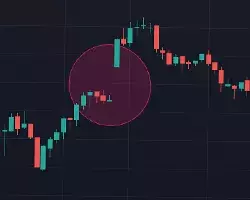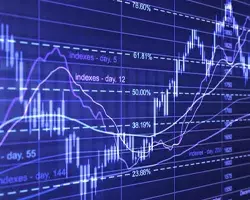Understanding Forex Trading Fees: Unraveling Hidden Costs and Optimizing Strategies
Forex trading, with its immense potential for profit and global accessibility, has garnered widespread popularity among traders and investors alike. However, before delving into the world of forex trading, it is crucial to understand the various fees and costs associated with this dynamic market. In this comprehensive guide, we aim to demystify and explain the intricacies of forex trading fees, shedding light on the different charges traders may encounter throughout their trading journey.
How to Embark on Day Trading With Just $500: Unlocking the World of Potential
In the fast-paced and dynamic world of finance, day trading has emerged as a compelling avenue for individuals seeking to capitalize on short-term market fluctuations. Traditionally perceived as a domain for wealthy investors with substantial capital, day trading has recently witnessed a democratization of sorts, with a growing number of aspiring traders entering the arena with relatively modest sums.
Cross Hedge-What is Cross Hedging in Trading?
In the world of finance and investing, where uncertainty and risk often reign, savvy traders seek innovative strategies to mitigate potential losses and maximize returns. Among these techniques, "Cross Hedging" emerges as a powerful tool, allowing investors to navigate volatile markets with precision and foresight. In this comprehensive article, we delve deep into the concept of Cross Hedging, exploring its definition, mechanics, and practical applications.
Trading Without Indicators – Why You Need To Try It Out
In the world of trading, indicators have long been considered essential tools for analyzing market trends, identifying entry and exit points, and making informed trading decisions. Traders often rely on indicators such as moving averages, oscillators, and trend lines to gain insights into price movements and potential trading opportunities. However, there is an alternative approach that challenges the conventional reliance on indicators: trading without indicators.
Investing vs. Speculating: Making Informed Choices for Financial Growth
When it comes to buying and selling stocks, it's easy to confuse the roles of an investor and a speculator. However, despite their shared focus on market analysis, they differ significantly in their approaches and objectives. Understanding the distinction between investing and speculation is crucial before diving into the world of stock market trading.
Understanding How to Read Major Currency Pairs: A Practical Guide for Forex Traders
Currency pairs are at the core of forex trading, representing the relative value between two currencies. To navigate the forex market effectively, it is crucial to understand how to read and interpret currency pairs. In this article, we will explore the concept of reading currency pairs through a practical example. We will also delve into the significance of major currency pairs and their benefits for traders.
Price Gaps in Forex Trading: Types, Causes, and Strategies
Price gaps are a common phenomenon in forex trading, characterized by a significant difference between the closing and opening prices of an asset. These gaps can occur due to various factors, including changes in investor sentiment, market liquidity, and the release of important news. Understanding the types, causes, and implications of price gaps is crucial for traders looking to capitalize on these market opportunities and manage associated risks effectively.
Decoding Volume: Exploring Volume Spread Analysis (VSA) in Forex Trading
In the world of forex trading, understanding the dynamics of supply and demand is paramount for success. Volume Spread Analysis (VSA) is a unique market analysis method that explores the relationship between trading volume and price movements. Developed as an extension of Richard D. Wyckoff's work by Tom Williams, VSA provides valuable insights into the actions of major market players and offers signals to enter the market effectively. This article delves into the concepts, advantages, and signals of VSA, highlighting its applicability and limitations in the forex market.
How to Learn to Trade Forex (from 0) - Forex Education for Beginners Part II
In the first part of this guide, we have learned that trading requires knowledge and preparation, and it is not easy cash as advertised. Before setting unrealistic goals, it is important to keep in mind that trading is risky and losses are a part of the process. Learning forex trading involves analyzing the market and understanding the technical analysis (chart patterns, indicators, candlesticks).
Trading Psychology: Staying Emotionally Balanced in CFD Trading
Investing is a highly emotional activity that many people fail to acknowledge. For example, the recent surge in the popularity of cryptocurrencies has prompted many novice, intermediate, and experienced investors to join the bandwagon out of fear of missing out, a phenomenon known in social psychology as the bandwagon effect.









